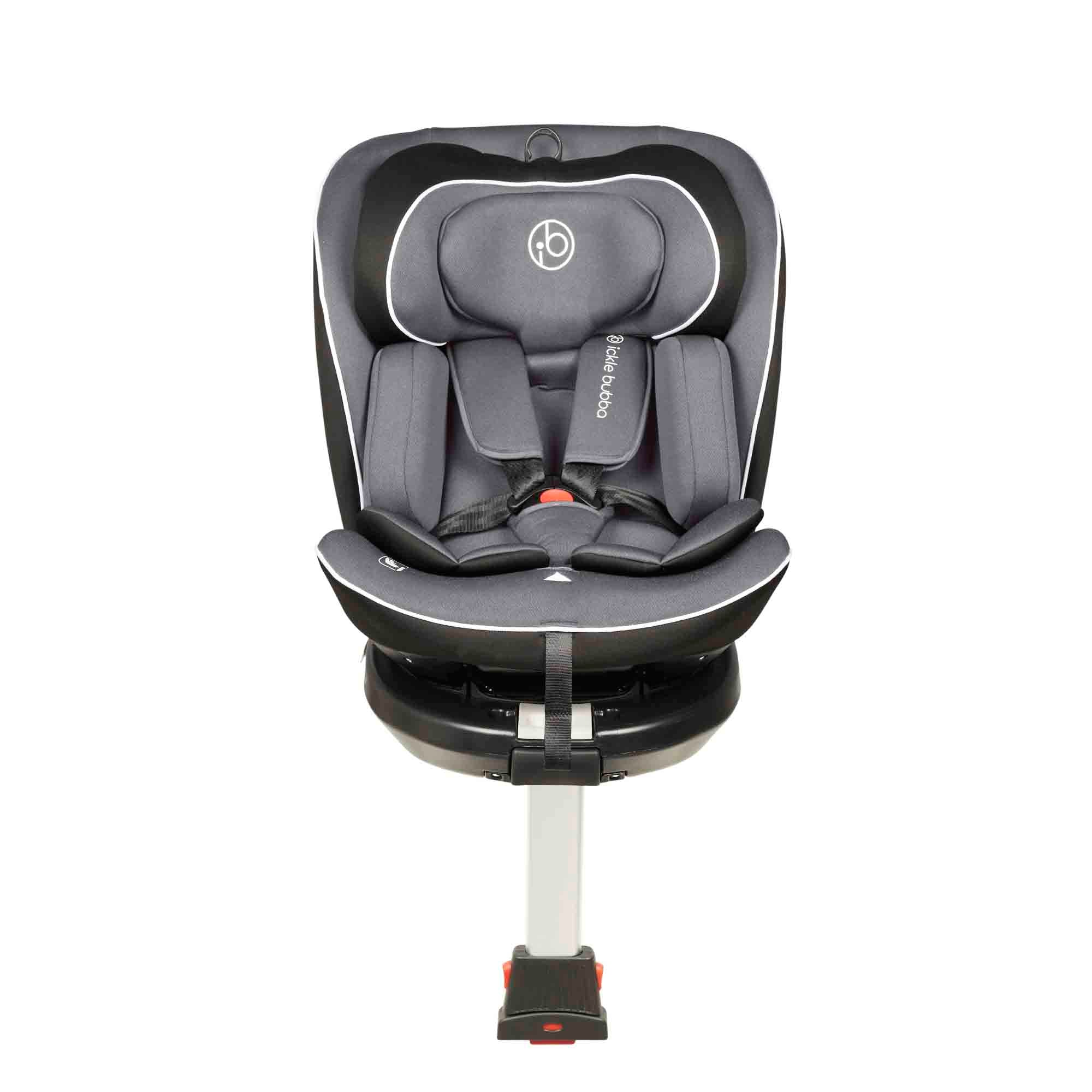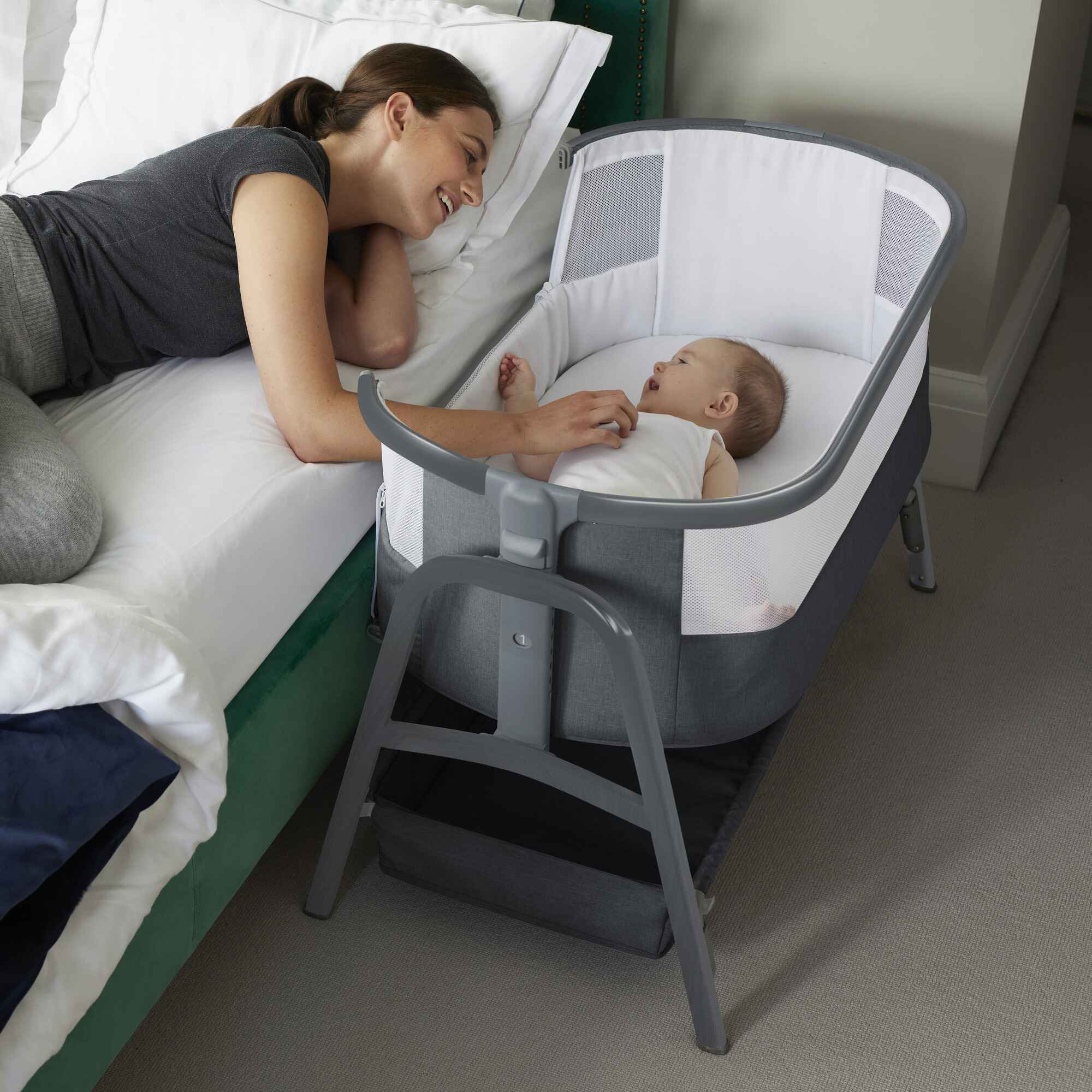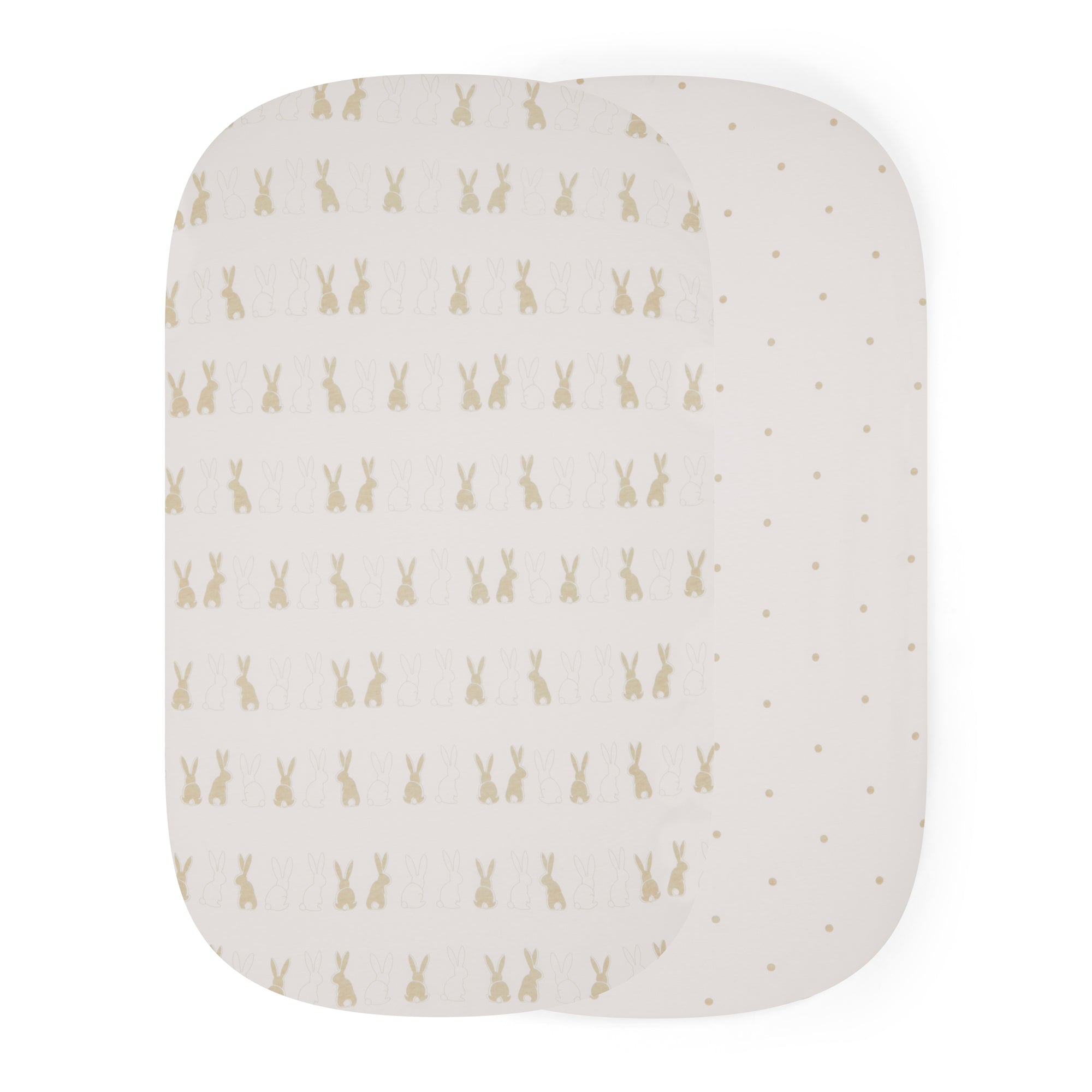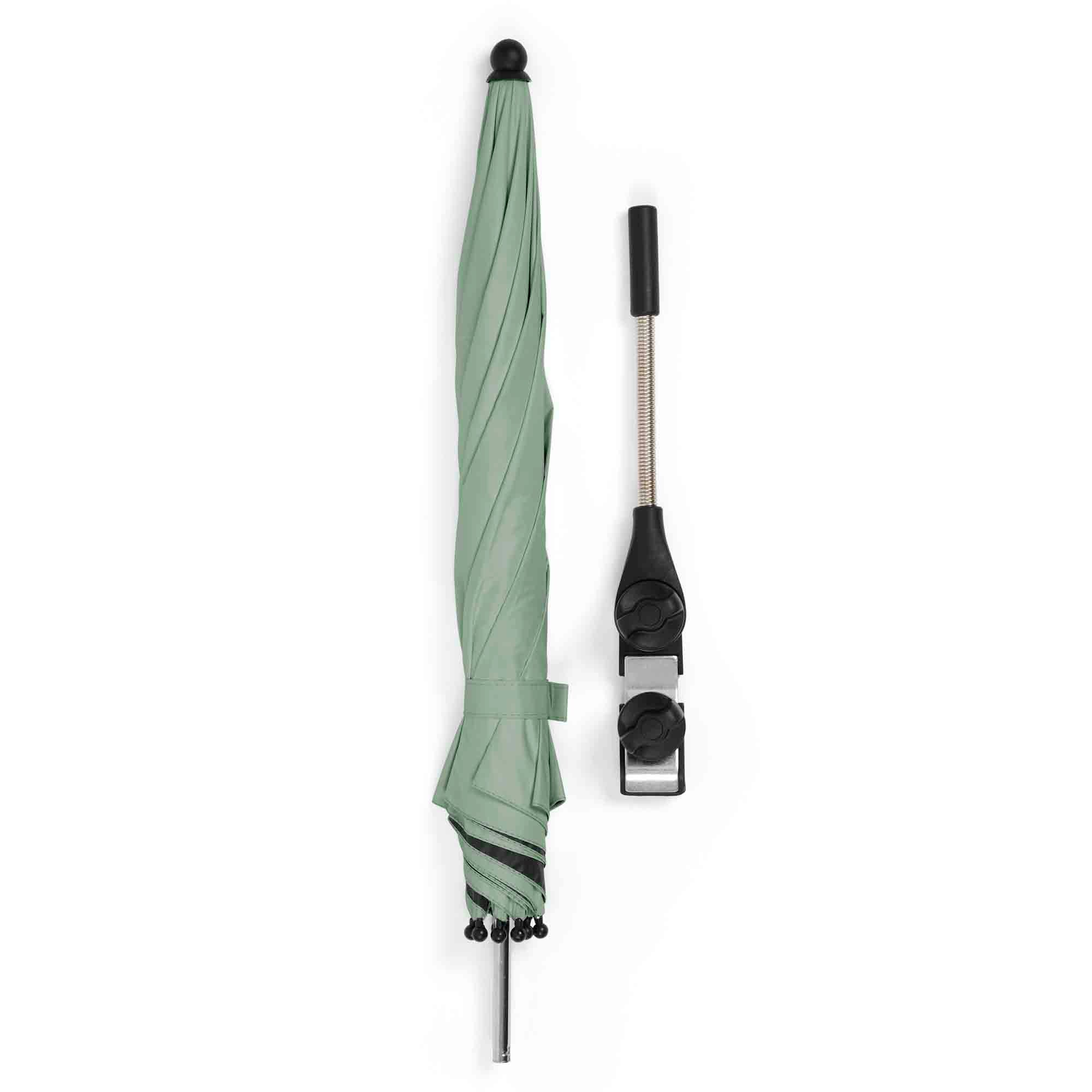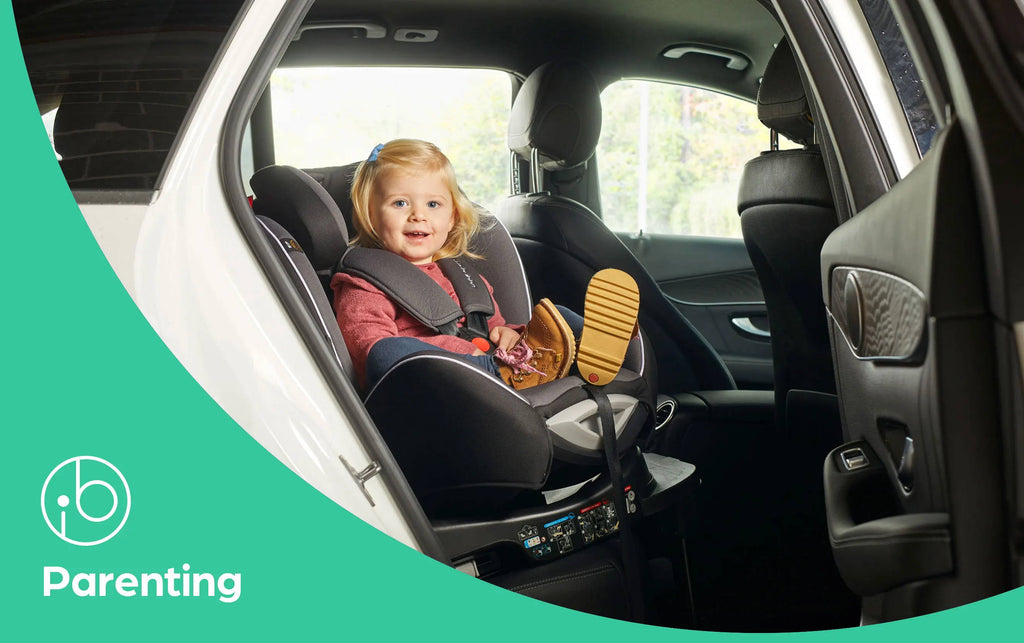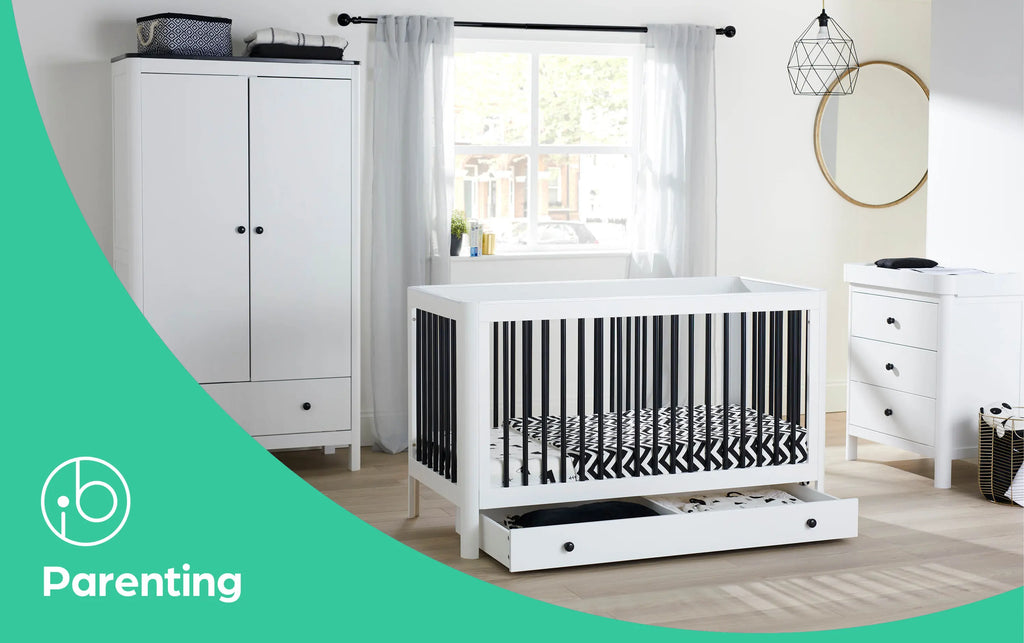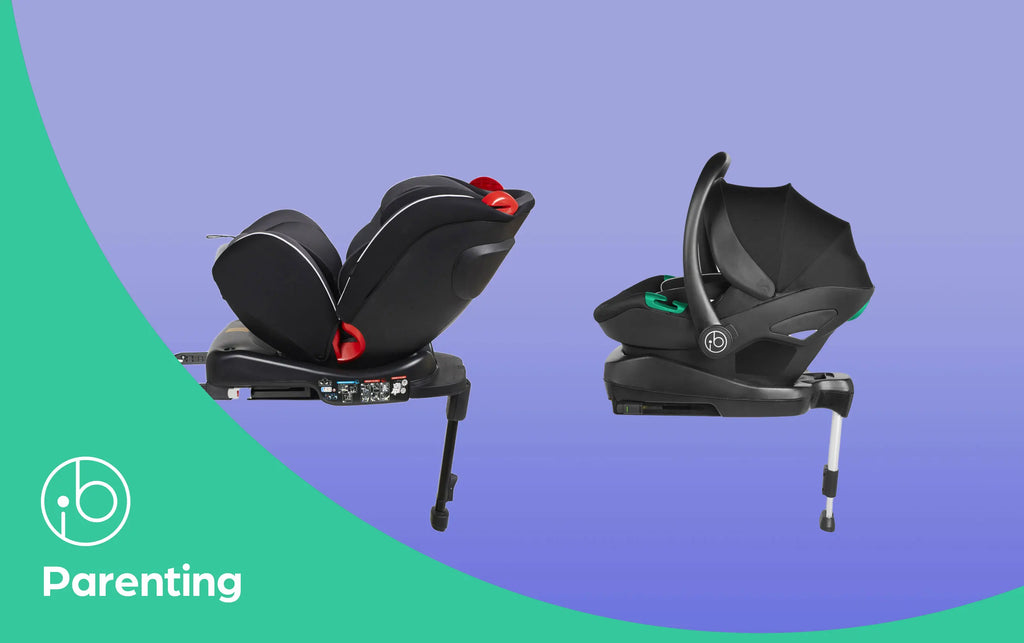Weaning Your Baby: Top Tips
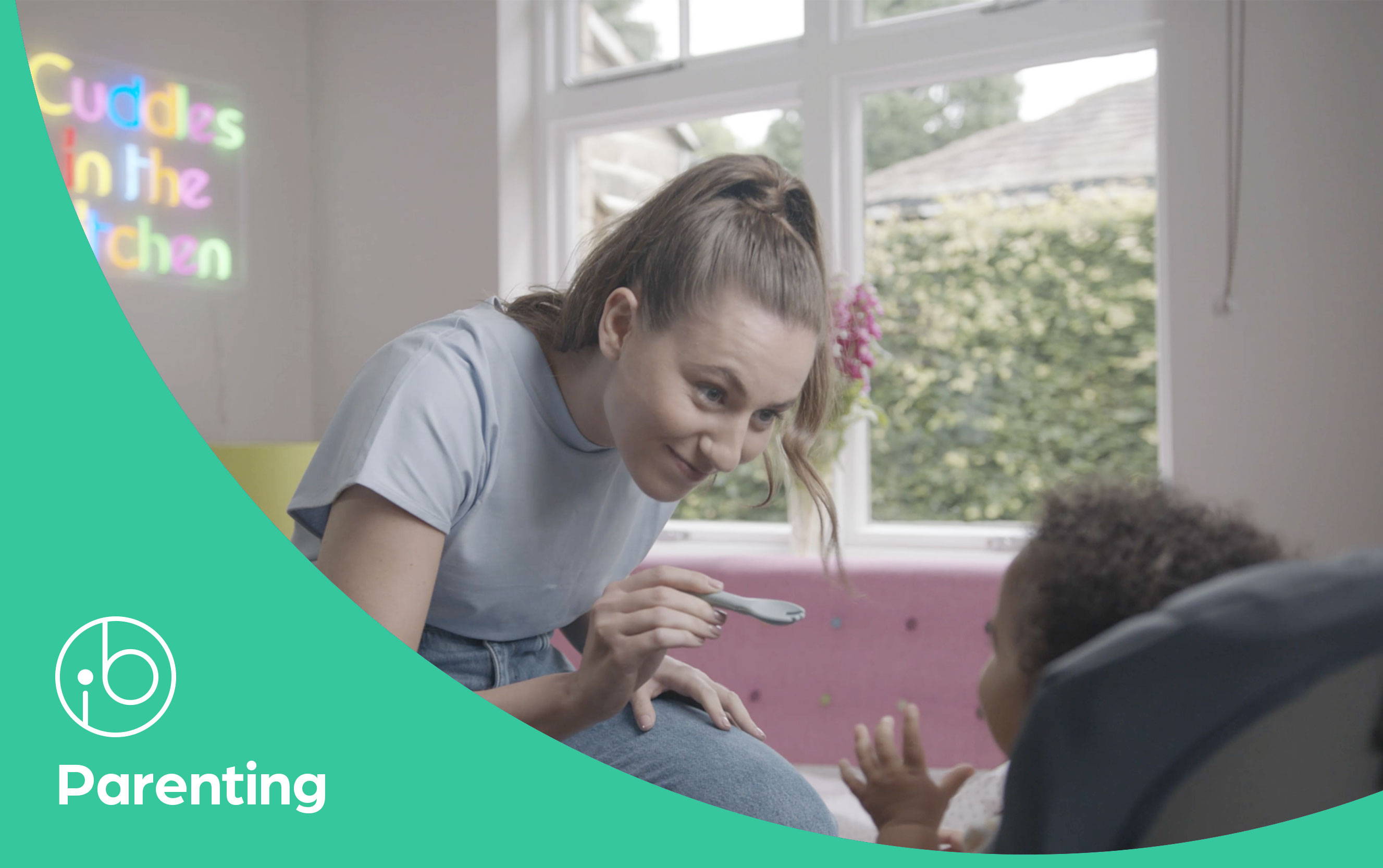
If your little one is growing, they might be ready to move onto solid foods. But where do you start? We thought we’d help with 5 top tips to help you make the transition to weaning safely.
1. Start when the time’s right.
It’s important to start weaning when baby is ready, usually this is around 6 months old. By this time, they will have had six months of breast and/or formula milk and will have gained many of the nutrients they need. Now they’ll be ready to build out their diet with solid foods.
The way to tell if they’re ready for food is that they’ll be able to sit upright and keep their head straight – ideal if they’re sitting in a highchair. They’ll also be able to grasp food and have the coordination to bring it up to their mouths. And finally, they’ll be able to safely chew and swallow food – if you feel like they’re struggling then don’t rush it.
2. Start slow…
It’s important to remember that babies don’t need to jump straight to three square meals a day. Weaning is about helping them to explore food and get comfortable with chewing and swallowing, not filling them up.
Start slowly with a bit of food to complement their milk taking – a few mouthfuls at a time are all they really need.
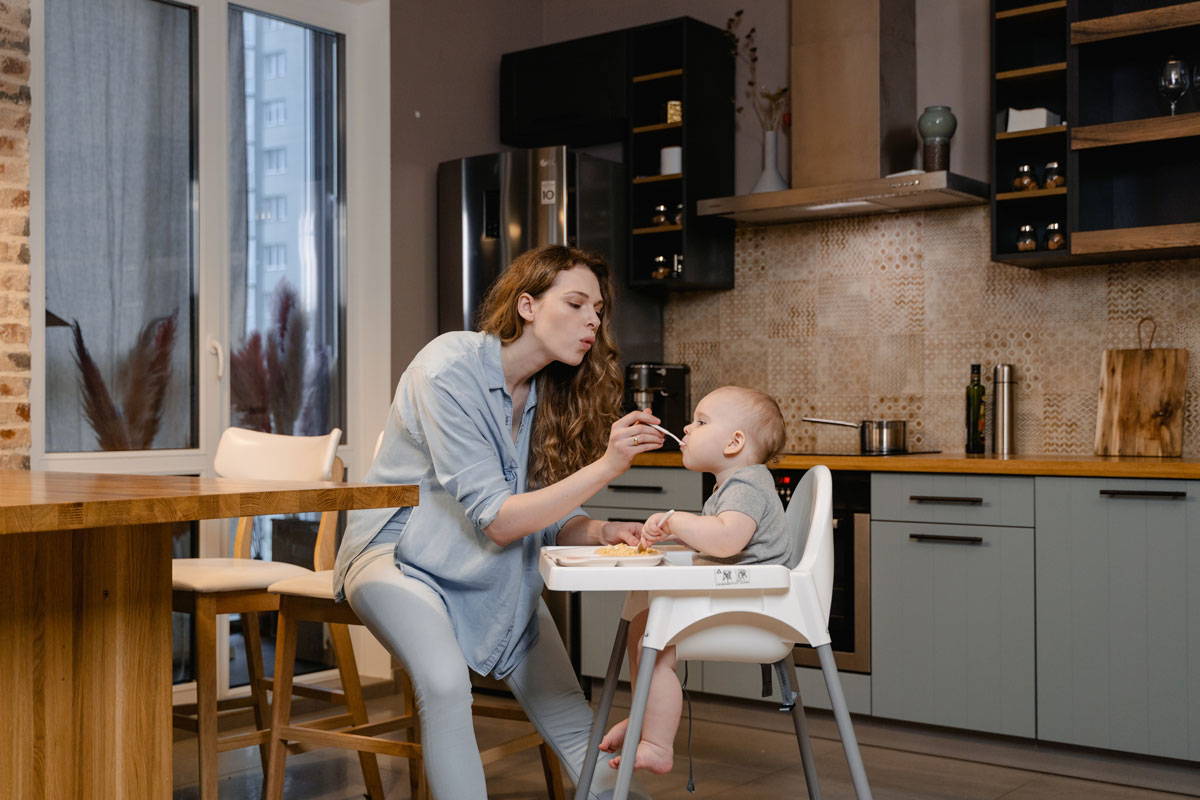
3. Mash it up!
Pureed or blended food is a good way to get your little one trying new things. That’s why so many parents use blenders to blitz food into liquified form, as it will be easy for baby to digest.
It’s still important to keep it simple – you don’t need to be blending a roast dinner - taking individual foods like carrots or broccoli, fruit or potatoes and mashing it, is a great way to help them get their teeth round some foods.
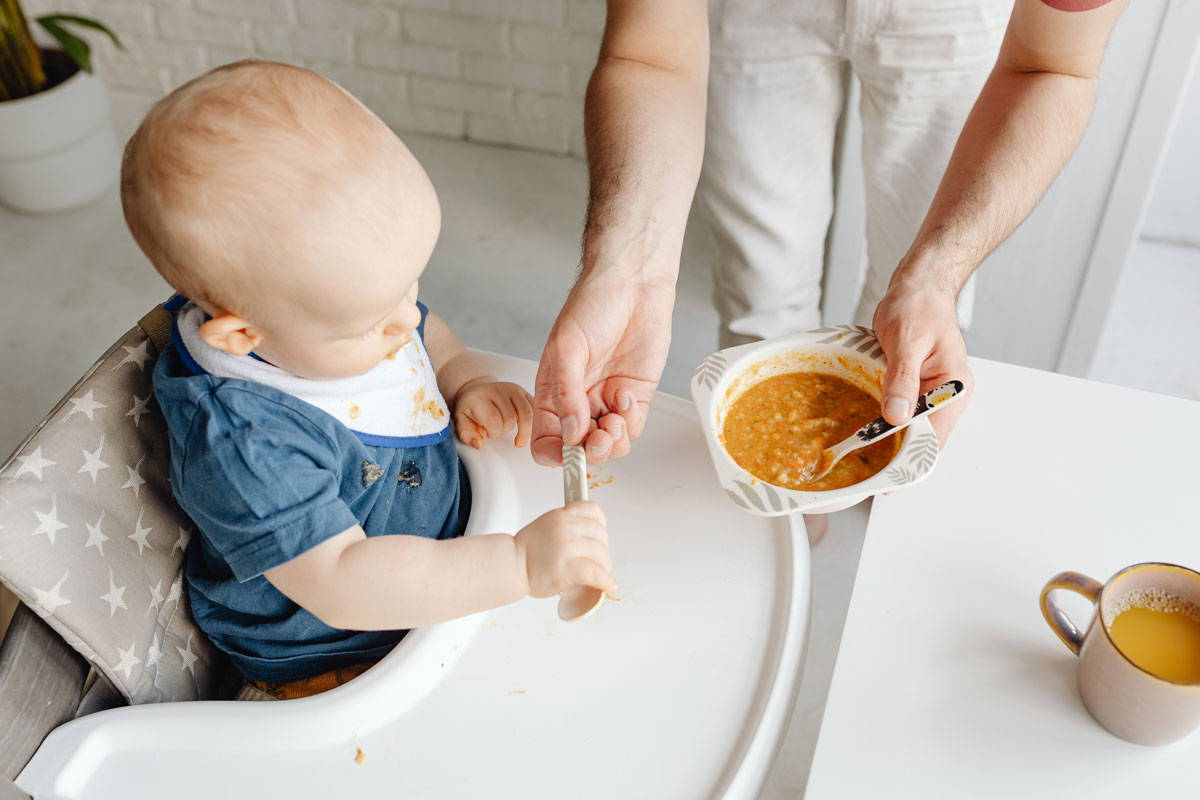
4. Finger foods.
That said, it doesn’t all have to be mashed. Creating finger foods – like soft boiled vegetable sticks, some soft fruits, and strips of bread - are a good way to encourage baby’s hand and eye coordination and get them used to feeding themselves.
It all depends on the type of food, but squishy soft foods that baby can sink their fingers (and teeth) into are a great sensory experience for them.
5. Let baby lead…
Baby led weaning is hugely popular with some parents and this is where you let baby dictate what they eat, to a certain extent. By providing them purely with finger foods, as opposed to spoon-feeding them pureed food, they will start to develop their independence.
This method isn’t for everyone, but if you think it’s worth a try and baby is ready for it, then why not have a go. That’s a great Baby Led Weaning article on the NCT website.
Summary
So, there you have it. Some top tips to get you started. Don’t forget that the NHS has a great guide to weaning your child safely. They’re worth taking a look at before jumping into the world of weaning as they’ll help keep your little one safe.
But once baby seems ready and you feel confident, enjoy exploring this new chapter together! Mealtimes should be fun times!



